Introduction: The Netherlands — Where Business Meets the Bike Lane

Cycling is far more than a mode of transport i n the Netherlands — it’s a deeply rooted part of daily life, culture, and urban planning. For decades, Dutch cities have treated bicycles as the cornerstone of mobility, shaping infrastructure, policy, and public behaviour around two (or three) wheels.
But in 2025, the cycling landscape is evolving faster than ever. Electric bikes and cargo bikes have transformed how people and businesses move, while new laws, events, and sustainability targets have reshaped the business environment. For manufacturers, logistics firms, and mobility startups, understanding Dutch cycling rules is no longer just about avoiding fines — it’s about staying relevant in a rapidly greening economy.
In 2025, two global events placed the Netherlands at the centre of cycling innovation:
- The International Cargo Bike Festival (ICBF 2025) in Utrecht — where businesses, engineers, and policymakers explored the future of sustainable logistics. The UM will also bring its stunning new series to the festival.
- The UCI Gravel World Championships 2025 in Limburg — celebrating endurance, mixed-surface riding, and the next generation of performance technologies.
Together, they underscored a simple truth: cycling is becoming smarter, safer, and more business-driven than ever before.
Complete Guide to Cargo E-Bikes: An Industry Reference You maybe interested
1. E-Bikes vs. Speed Pedelecs: Classification Matters
In the Netherlands, bikes with electric assistance up to 25 km/h are treated as ordinary bicycles — no licence, registration, or helmet required.
But speed pedelecs, which can reach 45 km/h, fall under moped regulations. Riders must wear an approved helmet, hold an AM licence, and display a yellow number plate.
Business takeaway:
For exporters or rental platforms, misclassifying your model can lead to insurance voids and import delays. Always ensure technical documentation matches the Dutch RDW (vehicle authority) classification system.
2. Helmets: Still Optional, But Policy Winds Are Changing

Standard cyclists are not legally required to wear helmets, but discussions around mandatory use have resurfaced in 2025 as e-bike speeds and accident rates increase.
Municipalities such as Amsterdam and Eindhoven are now running voluntary helmet incentive programmes with subsidies for older riders.
B2B insight:
Brands can differentiate through integrated safety design — offering smart helmets with built-in lights, Bluetooth intercoms, or crash sensors. Safety sells, especially in the rental and delivery sectors.
3. Bells and Communication: It’s the Law
All bicycles must have a bell audible at 25 metres. While small, this rule embodies Dutch cycling etiquette — clear communication and predictable behaviour.
Business note:
Fleet operators and sharing platforms should include bells as part of mandatory equipment checks before deployment.
With these new rules reshaping how businesses operate their e-mobility fleets, choosing compliant and future-ready vehicles becomes essential.
Brands like Aitour Cargobikes are already aligning with the 2025 safety and design standards — integrating smart lighting systems, hydraulic brakes, and regulated speed assistance to meet EU and Dutch road regulations.
4. Lights, Reflectors, and Visibility: Non-Negotiable Safety
Cyclists must use steady (not flashing) lights — white or yellow at the front and red at the rear — during poor visibility or at night. Reflectors on pedals and wheels are also compulsory.
Fines for missing or broken lights now start at €75 in 2025.
For rental and delivery fleets:
Integrate automatic light sensors and self-checking diagnostics to maintain compliance and reduce downtime.

5. No Phones in Hand
Using a mobile phone while cycling is illegal unless it’s in a fixed mount or connected via a hands-free system. The fine in 2025 rose to €170.
Smart solution:
App developers can implement auto-locking ride modes that disable interaction when motion is detected, reducing both risk and liability.
6. Signals, Horns, and Brake Lights: Urban Communication Upgrades
While Dutch law doesn’t require turn indicators, the growing presence of cargo and electric bikes has made signal lights and horns increasingly popular.
Brake lights are not mandatory, but their integration is being tested under EU safety pilot projects.
B2B advantage:
Adding simple LED indicators boosts brand credibility and user confidence — particularly for commercial or family cargo bikes.
7. Bike Lanes Are Sacred
Cyclists must use designated lanes (fietspaden) whenever they exist, keeping to the right-hand side of the road.
Sidewalk cycling is prohibited for anyone over 12 years old. Cargo bikes that exceed lane width must use specific low-speed road sections.
Design insight:
If your cargo model is wider than 0.75m, ensure it complies with EN 15194 and CROW design standards to avoid market entry issues.
8. Pedestrian Priority and “Shark Teeth” Intersections
Pedestrians always have priority at zebra crossings, and cyclists must yield where shark teeth (haaientanden) markings appear.
These white triangles are an essential part of Dutch traffic logic.
For mapping software and AI navigation:
Recognise and integrate shark teeth zones to improve autonomous or semi-autonomous bike path routing.
9. Simultaneous Green Lights – The “Tegelijk Groen” System
At some intersections, all cyclists can move in any direction simultaneously when the green light appears.
This system enhances flow and safety — but confuses foreign riders.
Business implication:
Navigation systems for tourists or rental users should provide real-time intersection guidance to prevent hesitation or collisions.

10. No Cycling Under the Influence
Riding under the influence of alcohol or drugs is illegal.
Fines start at €200, and companies can be penalised if an on-duty courier or rental user violates the rule.
Fleet policy tip:
Include a “sober ride clause” in user contracts, supported by data tracking or incident reporting tools.
11. Fine Updates for 2025
| Violation | Fine (2025) |
|---|---|
| No lights | €75 |
| Phone use | €170 |
| Ignoring red light | €180 |
| Cycling on motorway | €200 |
| Failing to yield | €120 |
Why it matters:
Fleet managers and insurers must update user training materials annually to reflect new fine structures.
12. Parking Rules and Urban Logistics
Parking outside designated areas can result in a €25 fine and bike removal.
Most cities now operate automated underground parking systems, especially near train stations.
Smart mobility solution:
Implement geo-fenced parking that prevents ending a ride outside legal zones — already adopted by several e-bike sharing platforms in Rotterdam and Utrecht.
13. Carrying Passengers and Cargo
Only bikes specifically designed for multiple riders — such as cargo trikes or tandems — can legally transport passengers.
Children under 8 must ride in certified child seats.
Manufacturer guidance:
Mark load limits clearly and provide EN safety certificates in product listings to build trust and prevent misuse.
14. Liability and Insurance: The Business Backbone
Dutch law heavily protects vulnerable road users.
For commercial e-bike or trike use, third-party liability insurance is mandatory, and businesses must define who bears accident costs — the user, the platform, or the operator.
At ICBF 2025, several exhibitors introduced AI-assisted crash logging and real-time insurance verification tools to simplify claims and compliance.
15. Cycling Trends to Watch in 2025 and Beyond
A. Cargo Bike Boom
Cities like Utrecht and The Hague are offering subsidies for businesses replacing vans with e-cargo bikes, accelerating last-mile delivery transitions.
This shift presents massive opportunities for modular platform builders and fleet management startups.
B. Shared Mobility and Data-Driven Commuting
Railway-linked e-bike schemes are expanding. NS (Dutch Railways) now offers seamless app integration between train tickets and e-bike rental — a model Europe is quickly replicating.
More cargobike hidden risks you must know
Conclusion: Navigating the Future of Cycling Business in the Netherlands
For travellers, these rules ensure a smoother, safer ride through the world’s most bike-friendly country.
For businesses, they represent a strategic roadmap — where compliance meets innovation, and culture meets opportunity.
In 2025, the Netherlands continues to serve as the global compass of cycling policy and innovation. Whether you’re building cargo bikes, managing fleets, or planning sustainable logistics, understanding Dutch cycling culture is no longer optional — it’s your competitive advantage.
Aitour offers a strong example of localisation done right — developing models tailored to European cycling infrastructure, regulations, and lifestyle preferences.

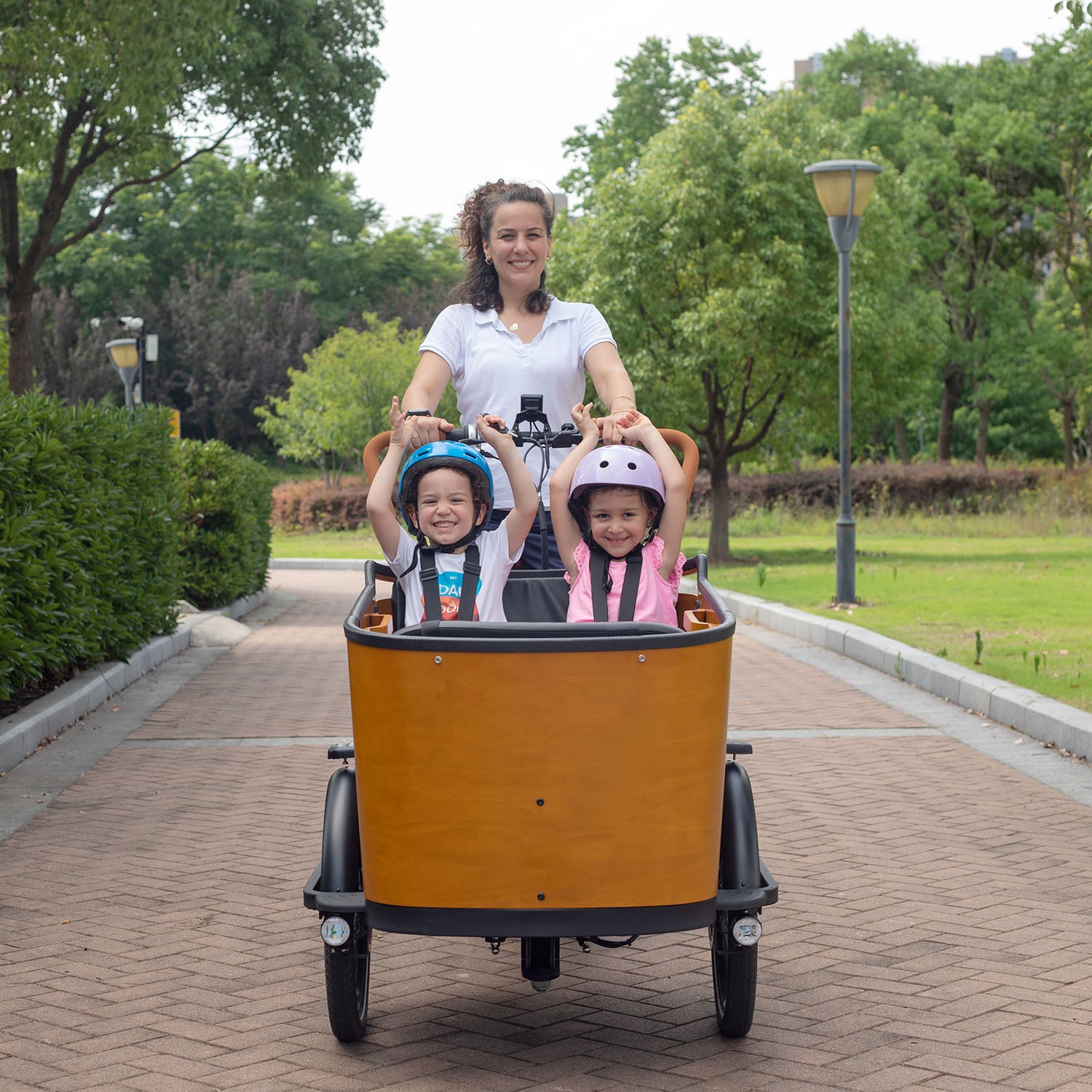
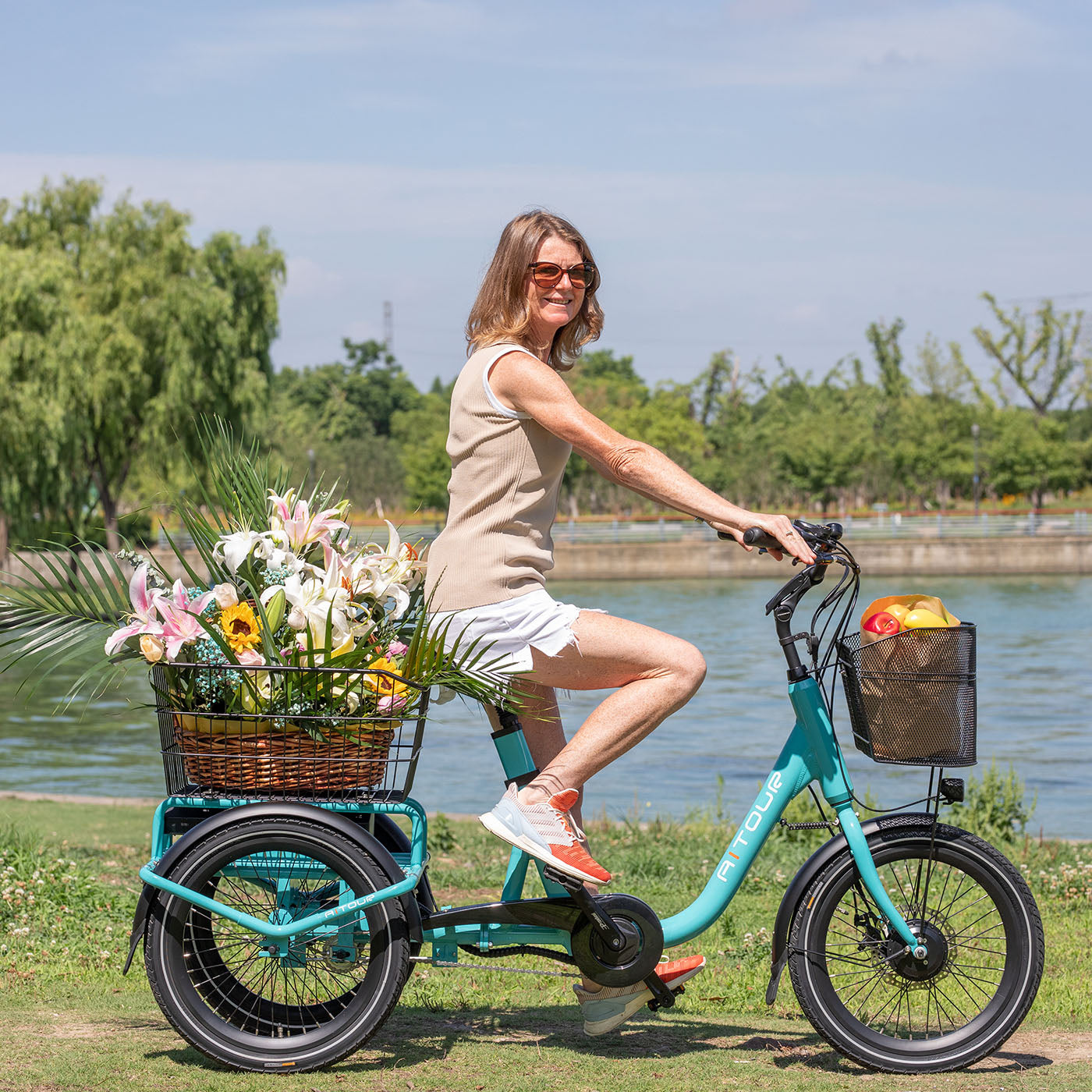
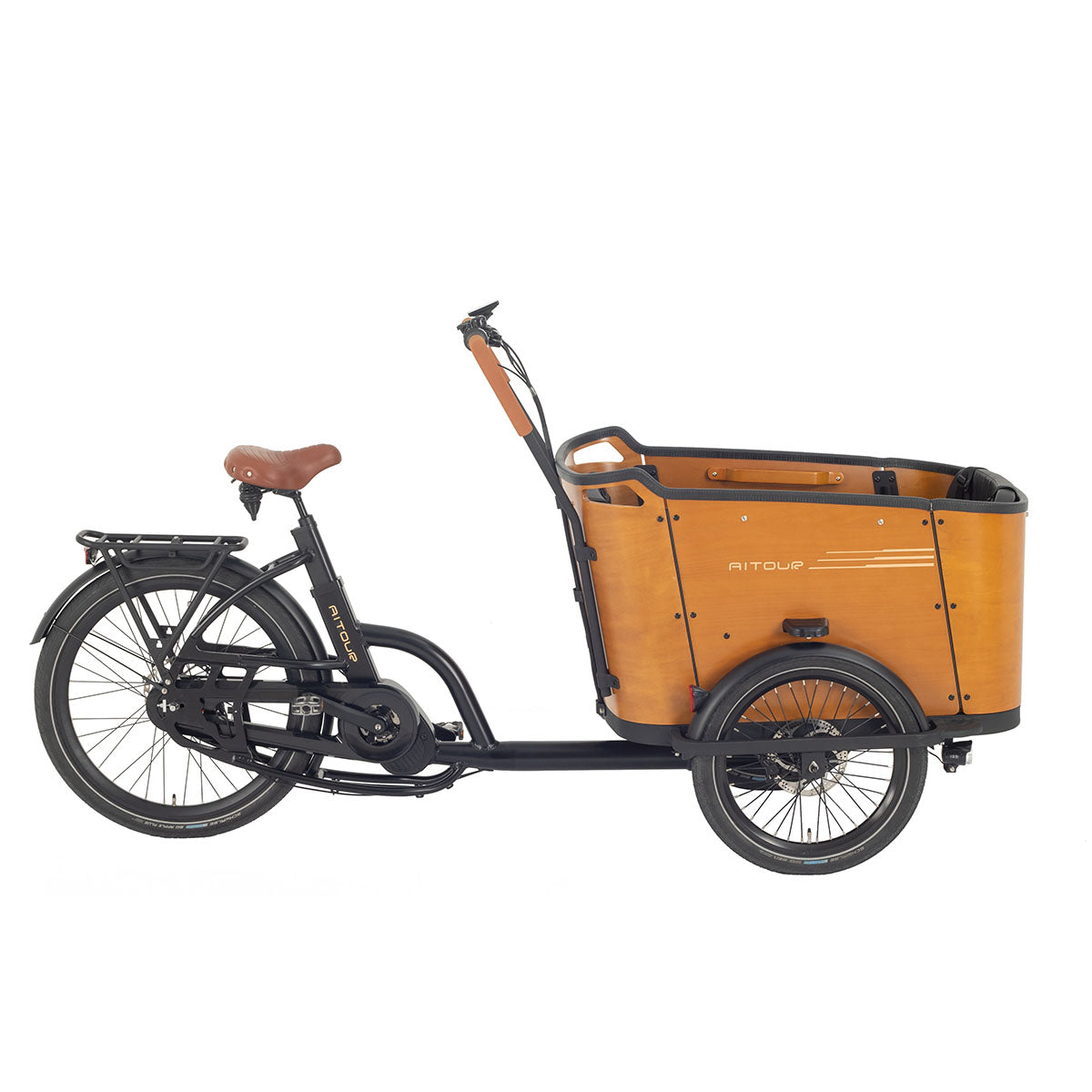
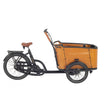
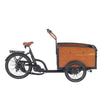
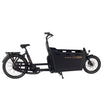
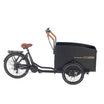
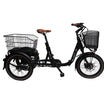
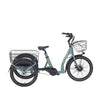
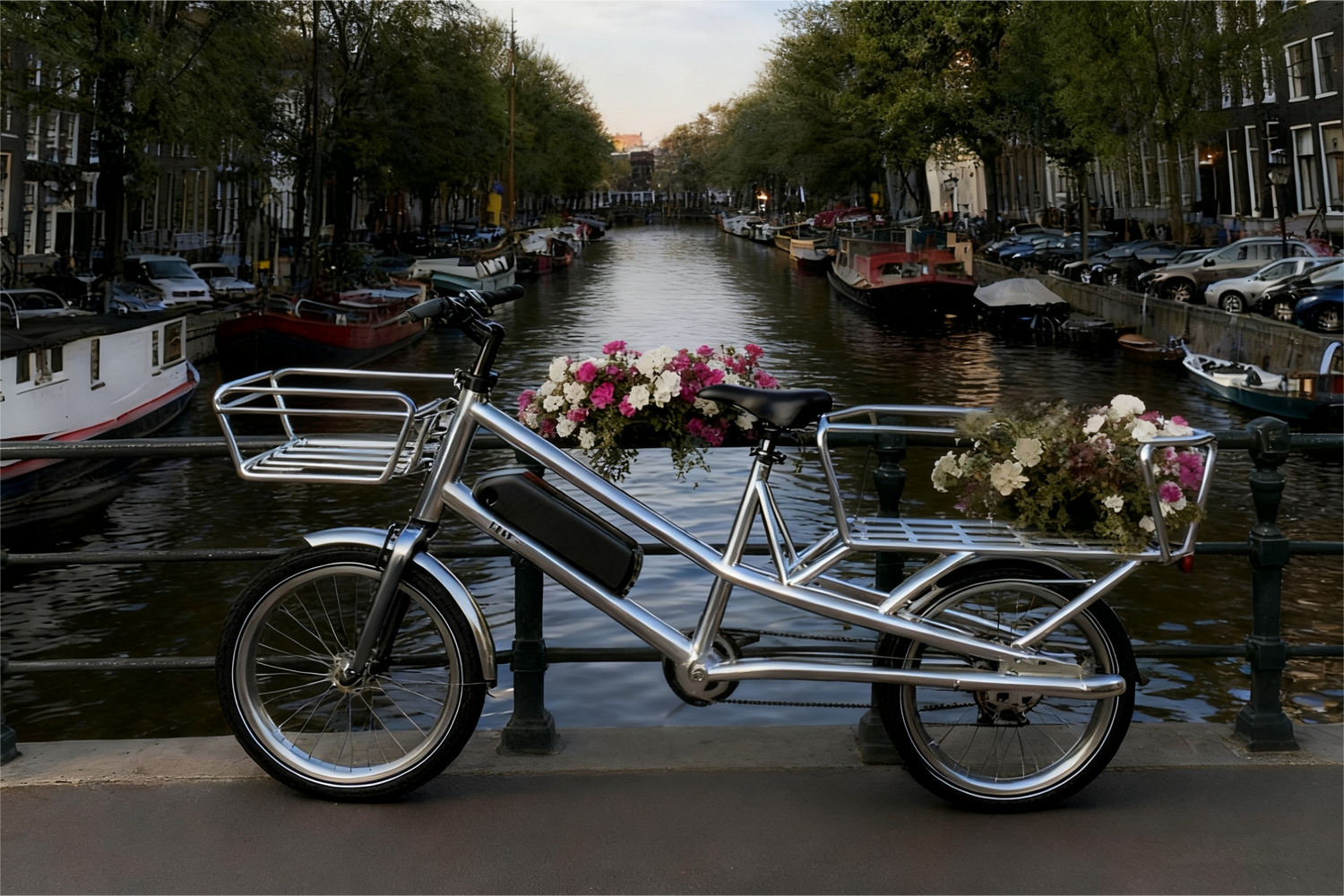
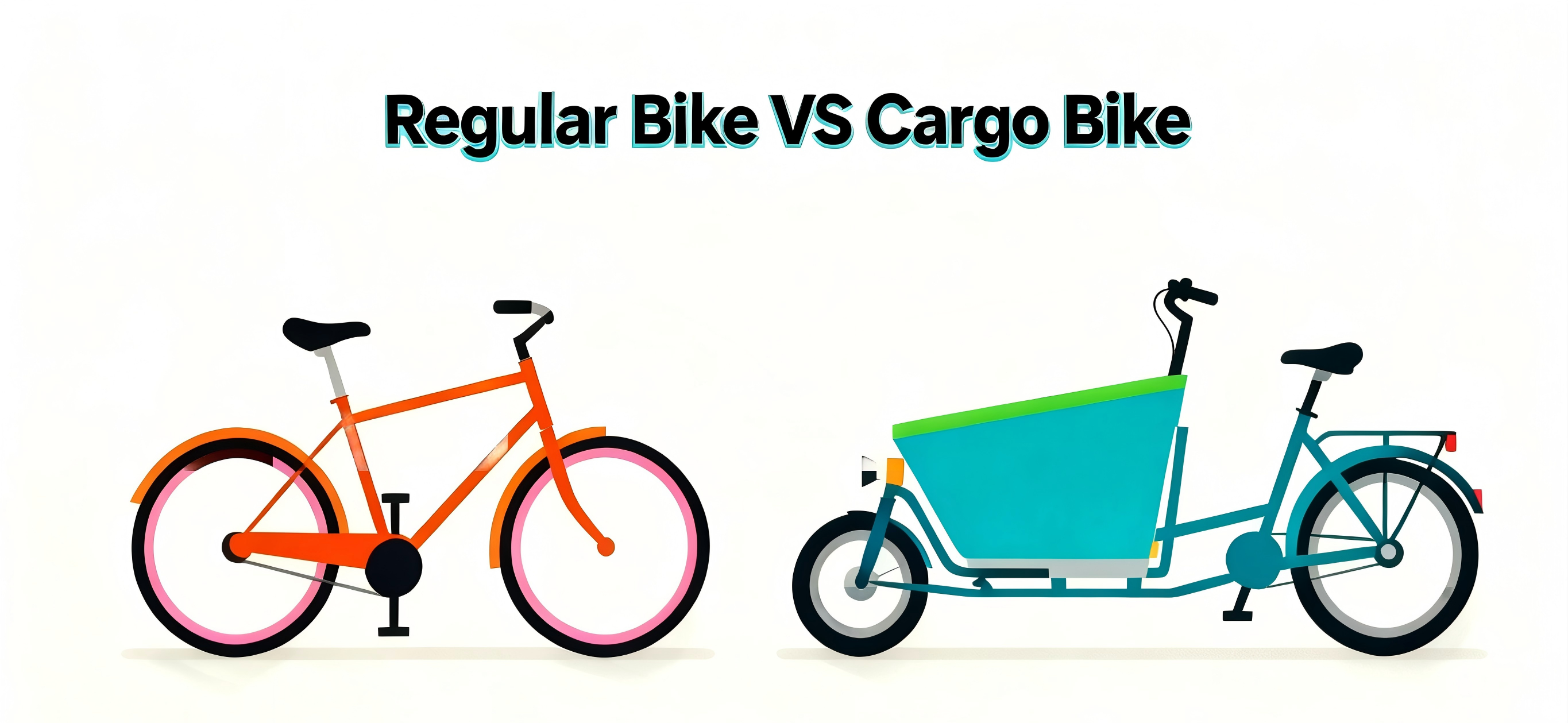

Leave a comment
All comments are moderated before being published.
This site is protected by hCaptcha and the hCaptcha Privacy Policy and Terms of Service apply.